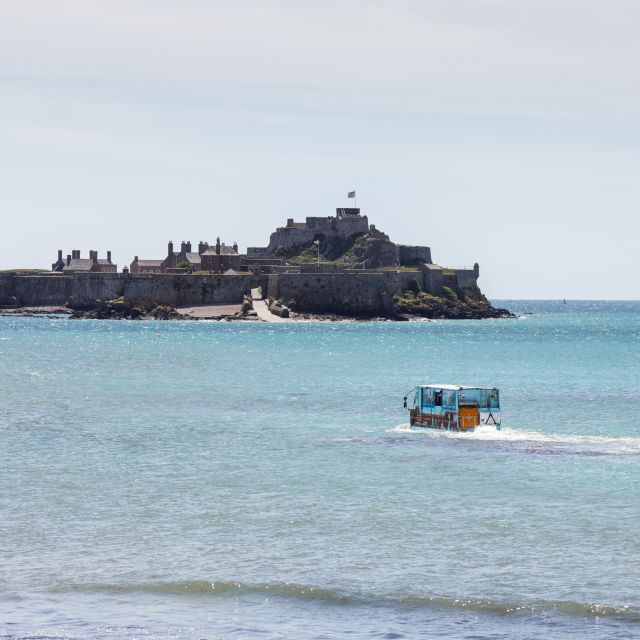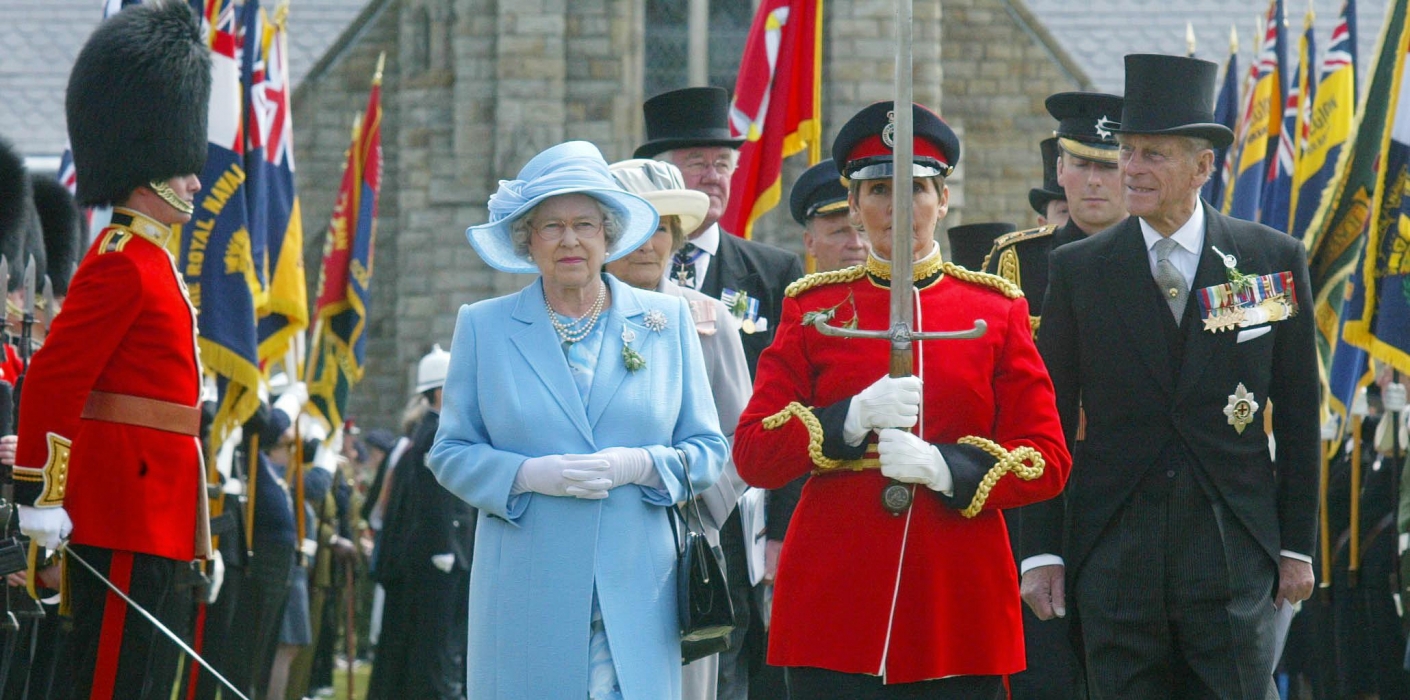Research –
- Rut Blees Luxemburg is a German-born British Photographer.
- She began studying photography in London College of Communication and furthered studied at the University of Westminster for her BA.
- Her photography style is unique, this is because she uses a long exposure in her photographs which allows her to use natural light sources from the street in office block or street lights.
- Her photographic style holds a nocturnal and urban theme which can be seen clearly throughout her work.
- She has published many books showcasing her photos, as well as having her work featured in many different exhibitions.

It’s another kind of street photography. Or maybe “street” isn’t even important. “Public” photography is better.
Rut Blees Luxembourg
3 Quotes from the interview –
“And here a very golden quality to water as it is lit.”
I decided to select this quote from the interview which I analysed with Rut Blees Luxemburg because I think that it successfully shows how photography can be so much more than what you can see in the photo. This is because I agree with how she states how there is a golden quality within the water which can be used to signify happiness due to the colour and create a sense of warmth and security when water, such as the sea, can be seen as dangerous and unwelcoming to others.
“This image is also very much about absence.”
I decided to select this quote from the interview with Rut Blees Luxemburg because it links well to the photo that I am going to use in my image analysis. This is because I agree with the statement that the image can also be linked towards absence because it can be a key part of her photographic style, which focuses on urban life yet showing how there can also be a strong sense of absence in the cities and places which she explores and photographs.
“You see the footsteps on the mud? They are expressive of something that runs right through the Liebeslied series,”
For this quote which I have selected, I agree with the comment because it is used as a contrast to Flaneur Baudelaire photographs through the footsteps in the mud which are seen in the photo below. Baudelaire uses a Flaneur in his work, a Flaneur is a poet who’s relation to the city is pleasurable or of a diversion and his wandering is more about an encounter. Therefore this creates a distinct contrast between Luxembourg’s work, and this specific series where the photo is from as she focuses on absentness. This is achieved through photographing different urban landscapes, such as in cities or towns, creating a contrast to a busy area of life within her life that is now empty and creates the sense of these areas being abandoned in her photographs.
Image analysis –

For this image which I have chosen for my image analysis of Rut Blees Luxemburg’s work, is apart of a project called ‘Liebeslied‘ called ‘In Deeper’ which was published in 1999. I decided to give this image a further analysis conceptually and contextually, this is because I think that it successfully shows how there is a main focal point of the photo (even though it isn’t immediately seen) is the footsteps which follow down the stairs to the end of the path. This shows that there was a previous form of a person who was here but has since let, as we aren’t able to tell the time period between them, therefore it gives the photo an eerie feeling as there is a reminiscence of life but we aren’t exactly sure from where or how long ago. The glow of the water also creates this welcoming and calm atmosphere with the photo because it is used to illuminate the rest of the photo, which is seen to be dark and gloomy and this creates a distinct contrast because even thought the water symbolises warmth and comfort the rest of the photo symbolises dark and gloominess. To me, this photo symbolises how there is always light and happiness around no matter how dark the context in which you are in is, as the warm golden glow on the water can act as a symbol of hope and not to be afraid as it is guiding and reminding you that there are still more things to come, meaning that you shouldn’t focus on the dark and bad aspects of life.

















































































